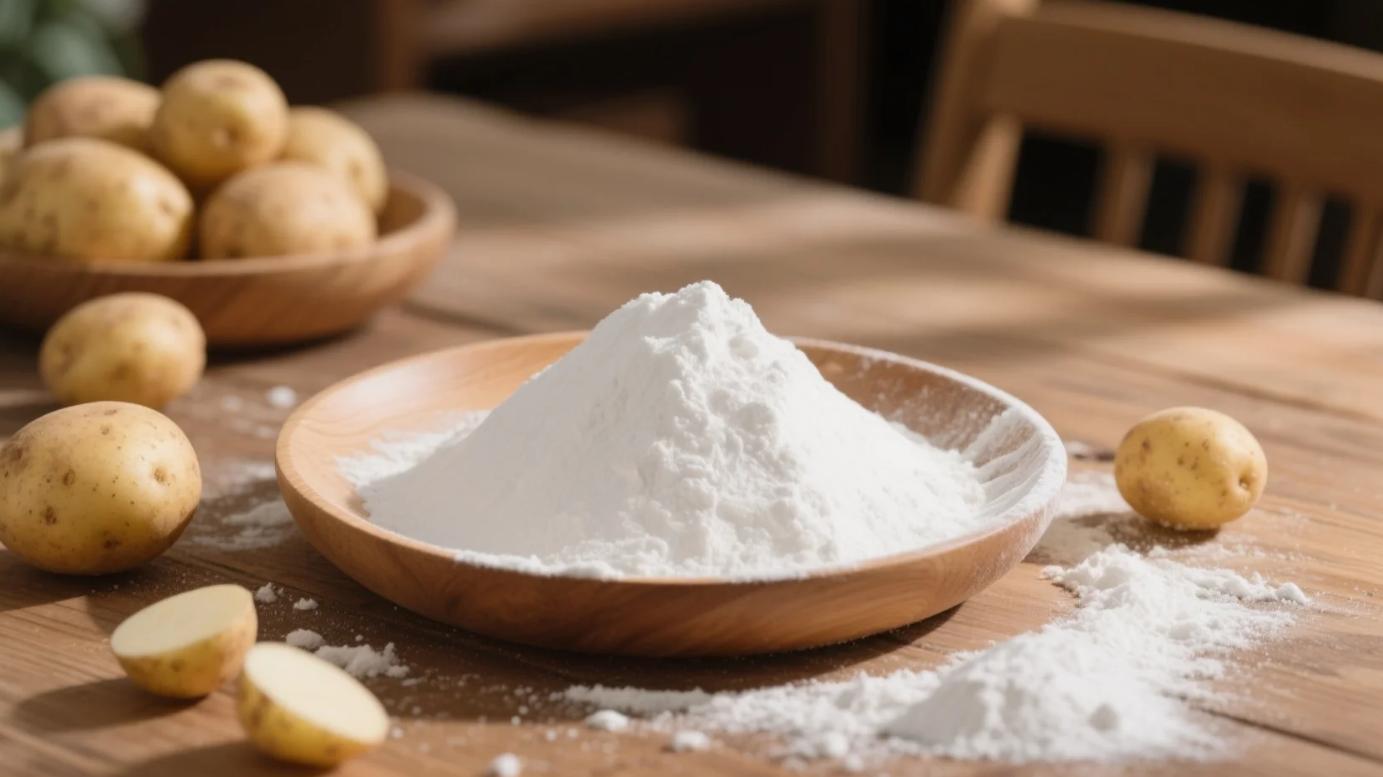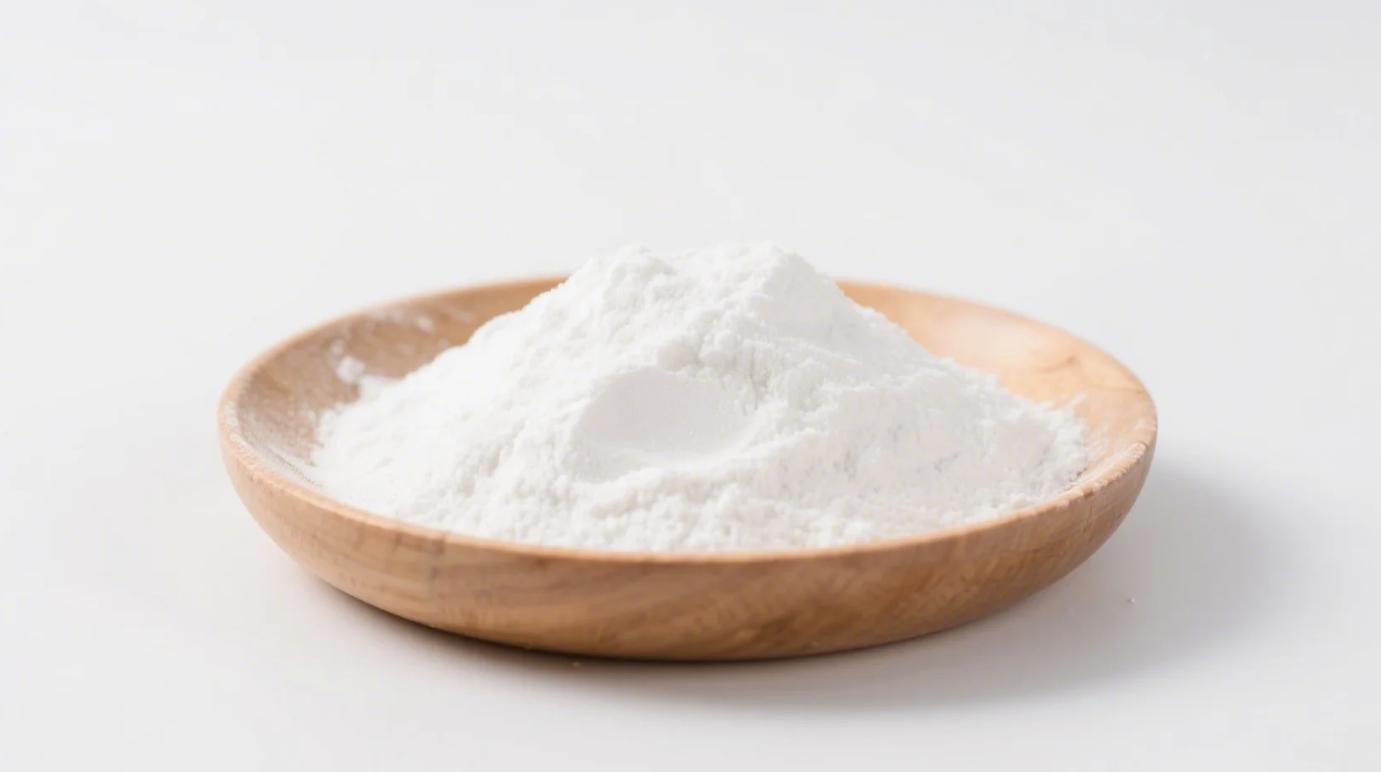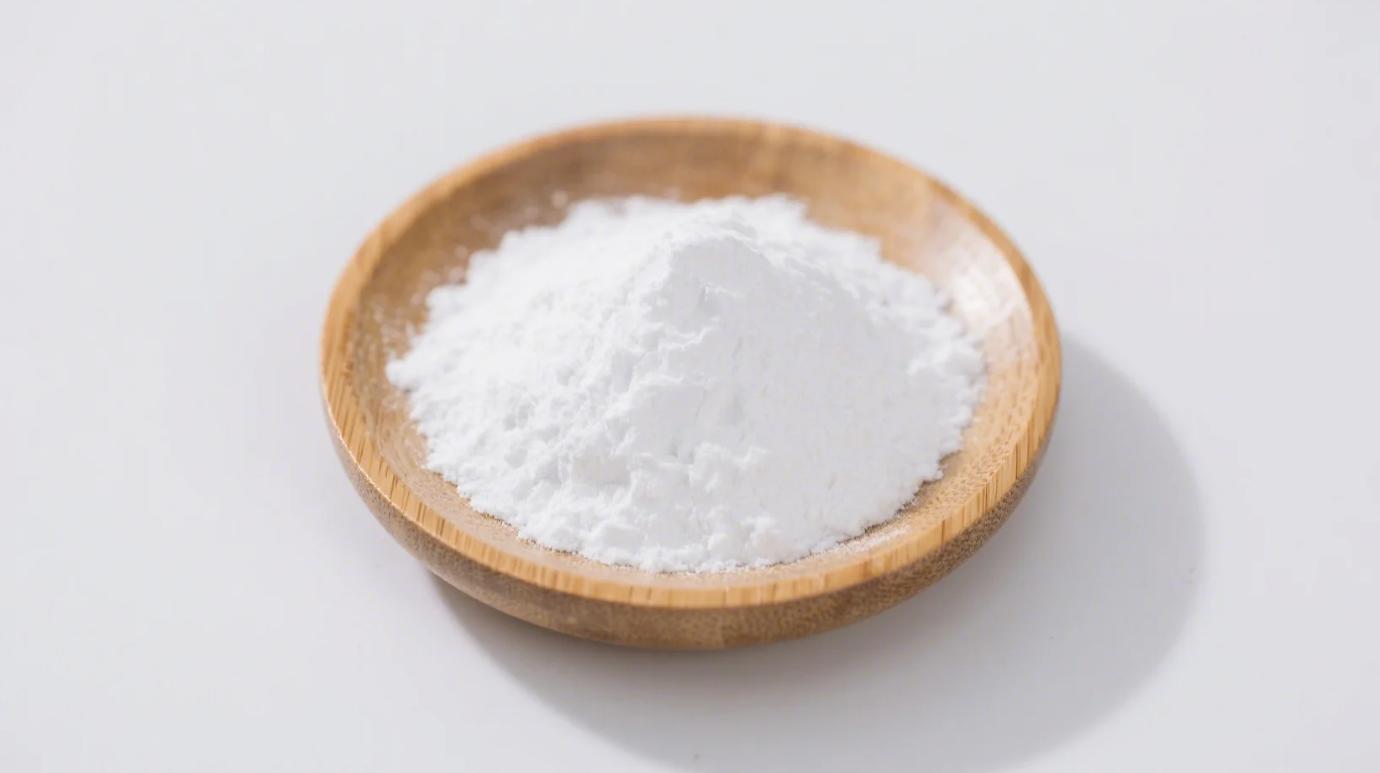The Unsung Hero of Pantries & Labs
Forget basic cornstarch—organic potato starch is taking center stage as a sustainable, multifunctional marvel. Extracted from non-GMO, regeneratively farmed potatoes, this gluten-free powder is revolutionizing industries from gourmet cooking to biodegradable packaging. But what exactly is potato starch used for? Let’s explore its science-backed applications and why organic certification matters.

1. Culinary Marvel: Clean-Label Cooking & Baking
Gluten-Free Baking
- Fluffy Breads & Cakes: Replaces wheat flour 1:1 in recipes, providing a light texture without gumminess.
- Crispy Coatings: Mix with rice flour for fried chicken or tempura batter that stays crunchier longer.
Sauces & Soups
- Silky Thickening: Unlike cornstarch, potato starch thickens at lower temps (65°C/149°F) without clumping.
- Freeze-Thaw Stable: Perfect for meal prep—gravies retain smoothness after reheating.
Vegan Delights
- Dairy-Free Cheese: Binds nut-based cheeses for sliceable, meltable textures.
- Egg Replacement: 1 tbsp + 3 tbsp water = 1 egg in brownies or pancakes.
2. Health & Nutrition: Beyond the Kitchen
- Prebiotic Power: Ferments in the colon, boosting Bifidobacterium by 30% (Journal of Functional Foods).
- Low-Glycemic: GI of 5—ideal for diabetic-friendly baked goods.
- Digestive Rescue: Soothes inflamed guts as a base for oral rehydration solutions.
3. Industrial & Eco Innovations
- Biodegradable Packaging: Compostable films made from potato starch decompose in 90 days vs. 450 years for plastic.
- Pharma & Supplements: Binds tablets without synthetic additives; used in slow-release drug coatings.
- Textile Sizing: Strengthens organic cotton fibers during weaving, replacing toxic chemicals.
4. Organic Certification: Why It Matters
Conventional potato starch often carries pesticide residues like chlorpropham (a sprout inhibitor linked to hormone disruption). Organic ensures:
- No Synthetic Chemicals: Protects soil microbes and water systems from toxins.
- Regenerative Farming: Organic potatoes sequester 20% more carbon than conventionally grown crops.
- Non-GMO Assurance: Preserves heirloom potato varieties and biodiversity.
5. Potato Starch vs. Other Starches
| Starch Type | Thickening Temp | Flavor | Freeze-Thaw Stability | Organic Availability |
|---|---|---|---|---|
| Potato Starch | 65°C (149°F) | Neutral | Excellent | Widely certified |
| Cornstarch | 75°C (167°F) | Slightly chalky | Poor | Rare (often GMO) |
| Tapioca | 68°C (154°F) | Slightly sweet | Good | Limited |
| Wheat Starch | 80°C (176°F) | Bland | Fair | Rare (gluten risk) |
6. How to Use Organic Potato Starch Daily
- Morning: Add 1 tsp to smoothies for gut-friendly fiber.
- Meal Prep: Thicken vegan stews or dairy-free pudding the night before.
- DIY Beauty: Mix with clay and water for a detoxifying face mask.
- Eco-Hack: Blend with water and glycerin to make compostable food wraps.
Pro Tip: Always mix with cool liquid before heating to avoid lumps.
7. The Future of Potato Starch
- 3D-Printed Foods: Used as a binder in plant-based meat “inks” for precision printing.
- Carbon-Negative Factories: Brands like EarthFiber capture CO₂ during starch extraction.
- Medical Breakthroughs: Starch-based hydrogels for wound healing gain FDA approval.
Starch, But Smarter
Organic potato starch is far more than a pantry staple—it’s a bridge between tradition and innovation. Whether you’re baking gluten-free bread, crafting eco-friendly packaging, or nourishing your microbiome, this humble powder proves that sustainability and versatility can coexist.
Choose organic. Create consciously.
Related Products
Organic Potato Starch Powder
White powder, excellent thickening, USDA & EU Organic, vegan, non-GMO.
Organic Cornstarch
Premium Gluten-Free Thickener & Stabilizer for Food, Pharma & Industrial Applications

